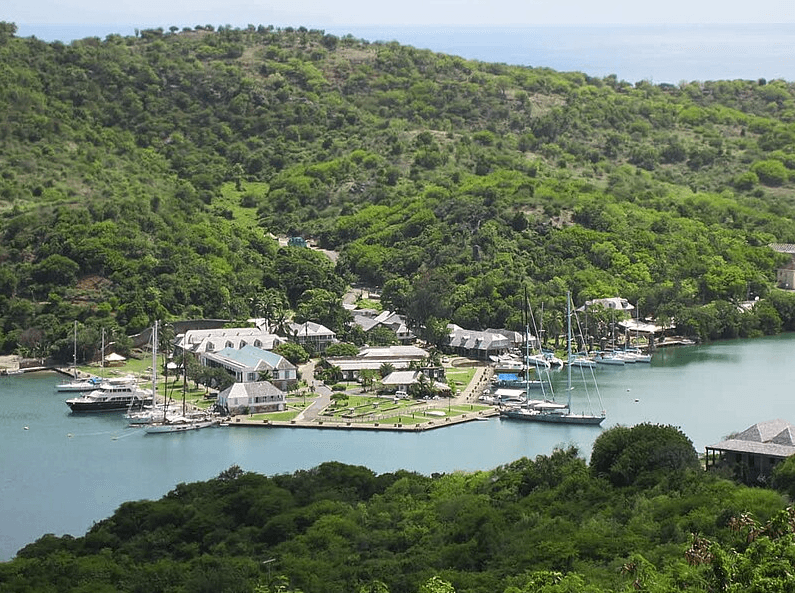UNESCO World Heritage Sites in Antigua and Barbuda
Antigua and Barbuda may be known for its beaches, but its history runs just as deep as its waters. Beyond the shores, the Antigua Naval Dockyard and Related Archaeological Sites tell the story of a time when European powers fought for control of the Caribbean. Built by the British Navy in the late 18th century, this World Heritage Site in Antigua and Barbuda stands as a reminder of colonial ambition, maritime power, and the labor of enslaved Africans who made its construction possible.
Antigua Naval Dockyard and Related Archaeological Sites

By the late 1700s, the British saw the Caribbean as a battlefield. European nations were fighting for control of sugar-rich islands, and protecting trade routes was a priority. The natural shape of Antigua’s coastline, with its deep bays and surrounding hills, provided the perfect place to shelter and repair naval ships.
The British navy began constructing the dockyard to secure its influence in the Eastern Caribbean. Large stone buildings, designed in the Georgian style, were built to store supplies, house officers, and support ship repairs. Fortifications lined the coast, ready to defend against attacks. This dockyard became the heart of Britain’s naval presence in the region.
The dockyard did not rise from the ground on its own. It was built through the forced labor of enslaved Africans, who worked under harsh conditions to quarry stone, haul materials, and construct the buildings that still stand today. Their contributions are part of the Cultural Heritage of Antigua and Barbuda, yet for years, their stories were overshadowed by tales of military strength and colonial power.
Many of those who built the dockyard were also forced to work in the sugar cane plantations that fueled the Caribbean economy. The dockyard was not just a military base—it was part of a system designed to protect the wealth of plantation owners. The same ships that anchored here transported sugar, rum, and other goods back to Europe, while enslaved individuals endured lives of hardship.
After slavery ended and the British naval presence declined, the dockyard lost its importance. The buildings remained, but the docks became quieter. For years, the site sat unused, its history slowly fading. It wasn’t until the mid-20th century that efforts began to restore and preserve this part of Antigua’s past.
For those who visit, the Antigua Naval Dockyard is more than a stop on a travel itinerary. It is a place where history speaks, where stories of struggle and endurance come to life, and where the Cultural Heritage of Antigua and Barbuda continues to be honored.
Want to dive into more ancient wonders? Click here and explore UNESCO sites across the globe!
Did you like this blog?
Follow me on Facebook, Instagram and Tiktok, and be updated on my latest posts.
Work with me?
I love collaborations and I enjoy working with various brands. See my portfolio here.
